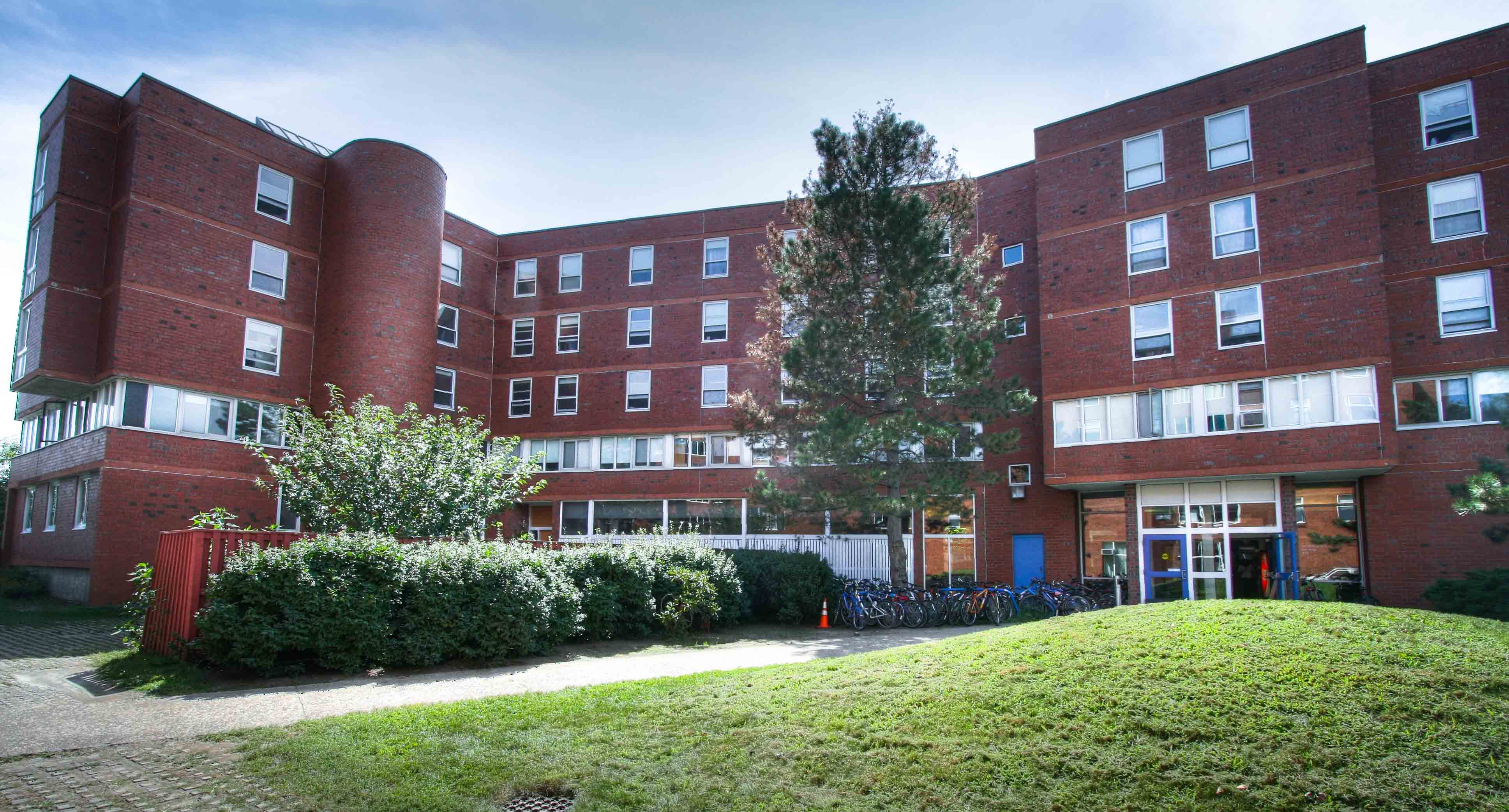
Next House
Best House
500 Memorial Drive, Cambridge, MA 02139
"Where the sidewalk ends."
Have cool webapp ideas but not the resources to deploy them? As a resident of Next House, you can get free server space!
As an MIT student, you already have access to your Athena locker where you can keep static webpages. You also have access to scripts.mit.edu, which lets you do a bit more, like Python/PHP CGI scripts. However, if you wanted to host something like a Node app, Flask app, or anything not supported by Scripts, you’d be out of luck.
But now, you can use the nextie.us cluster to deploy applications on the
latest technologies! Examples of things that you can deploy on nextie.us
that aren’t deployable on Athena are:
For the most part, the cluster will be able to accommodate most applications. However, keep in mind that your request may not go through if it’s particularly resource-heavy. This means that your application either:
If you’re unsure whether your application uses a lot in resources, still follow the instructions below! Your application may still be accounted for, even if you think it may use too many resources.
Note that this is not a comprehensive list of restrictions on what can be deployed, and Next Exec reserves the right to reject your application for other reasons.
All services running on the nextie.us cluster are packaged as
Docker containers, to
isolate them from each other. These containers are managed by
Kubernetes,
an enterprise-grade container manager that handles everything from
routing connections to nextie.us to the proper place to making sure that
applications stay online even after crashes.
By hosting your applications on the nextie.us Kubernetes cluster, you’ll
have:
*.nextie.usregistry.nextie.us to store
your application’s containers and a link to instructions for how to
“dockerize” your application and push it to the nextie.us server. This will
convert your application into the container format needed to run it on the
nextie.us cluster.kubernetes.nextie.us and instructions on how to manage your application,
view logs, deploy updates, and more.If at any point you get lost in this process, feel free to contact next-techchair (at) mit (dot) edu for help!
Additional comments and concerns should be directed to next-techchair (at) mit (dot) edu.